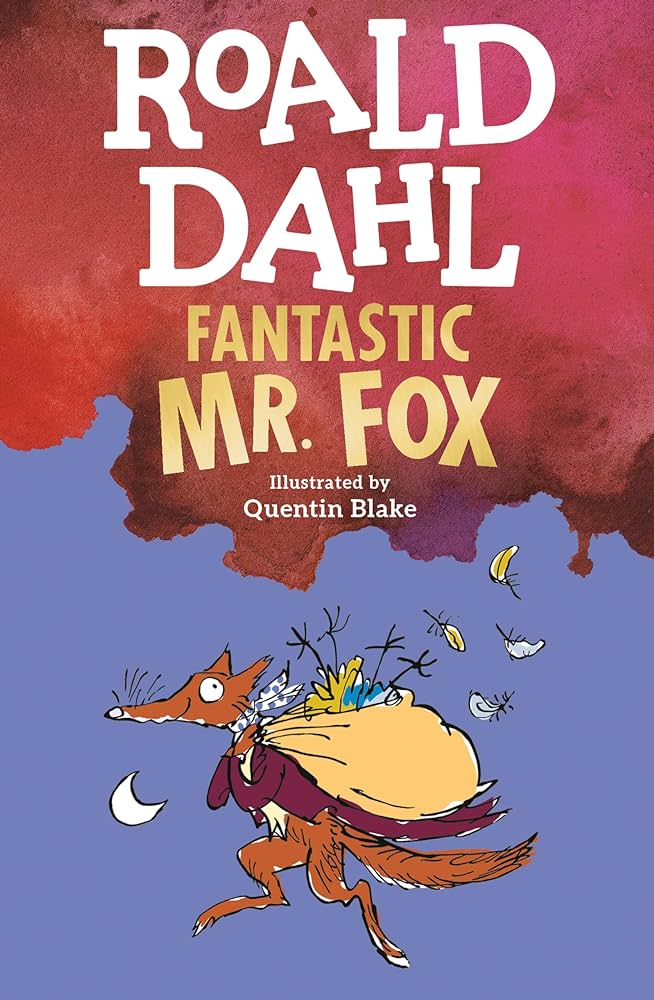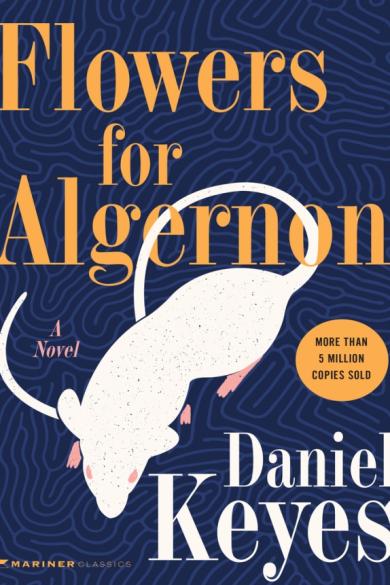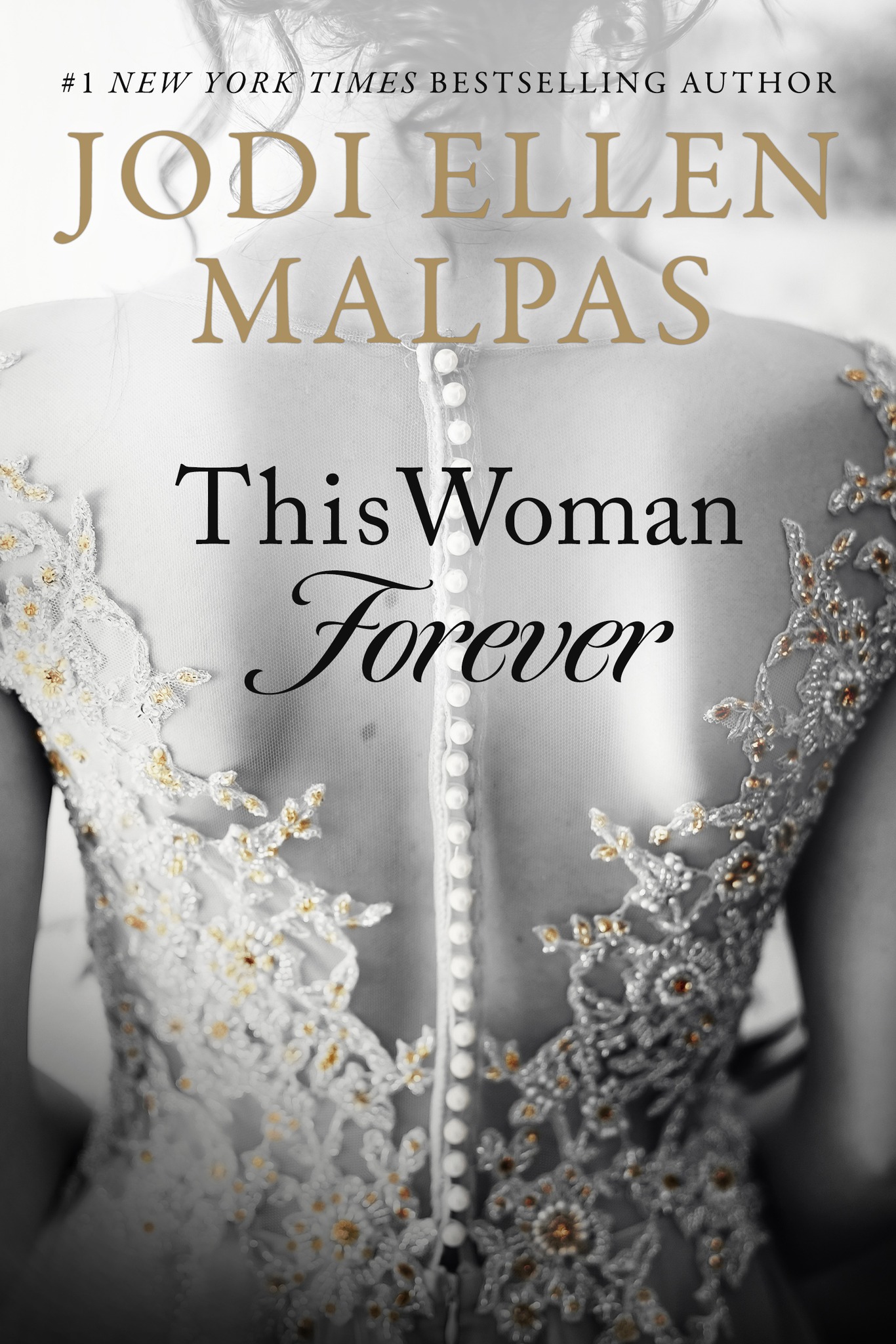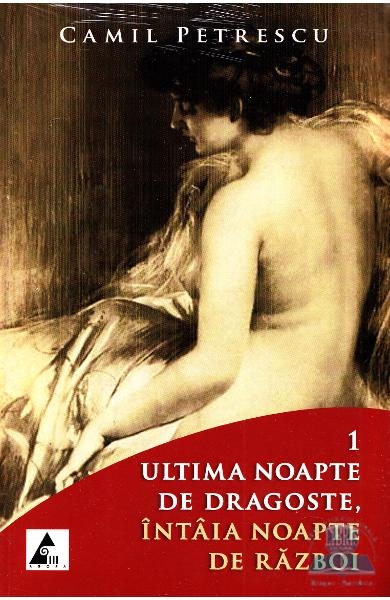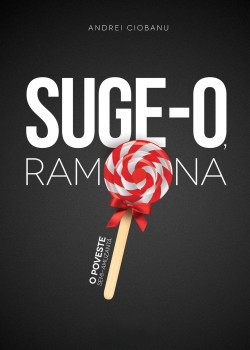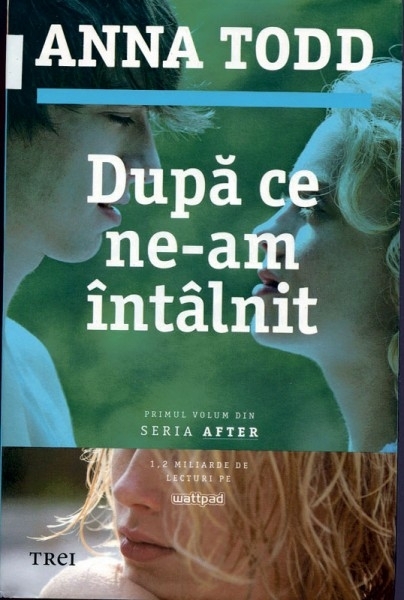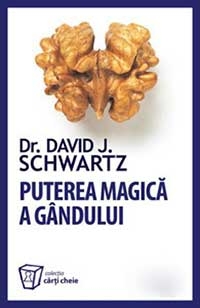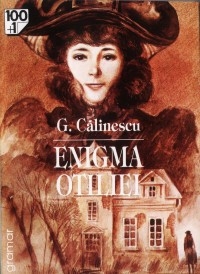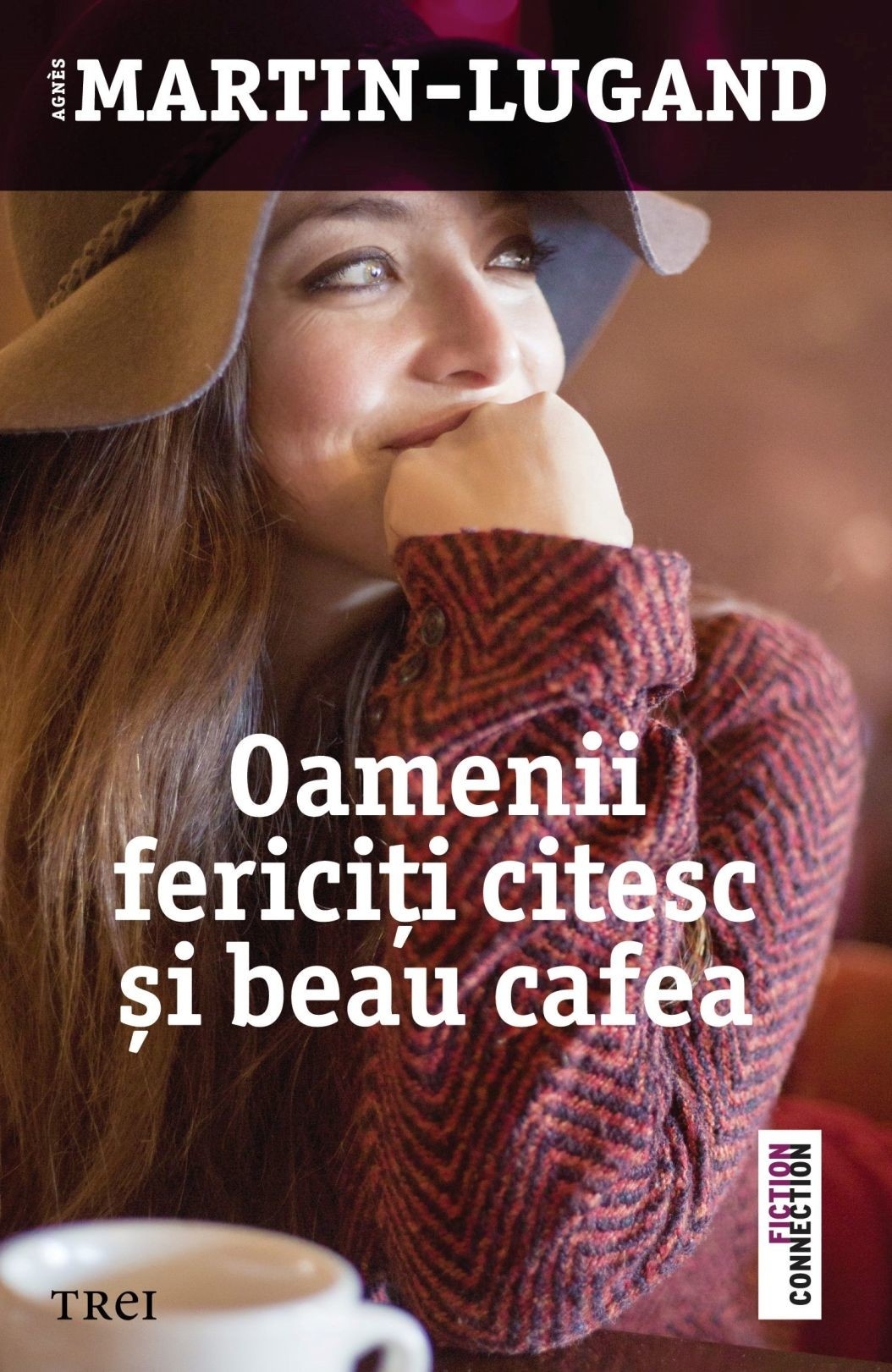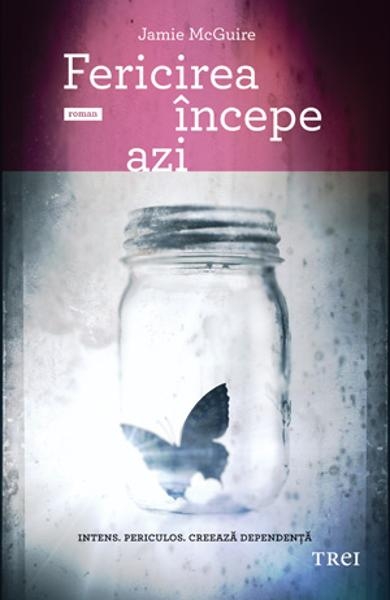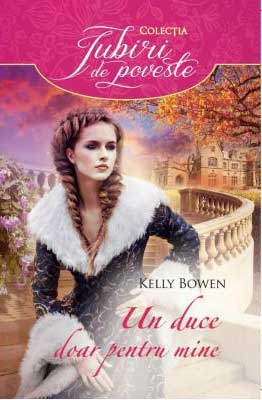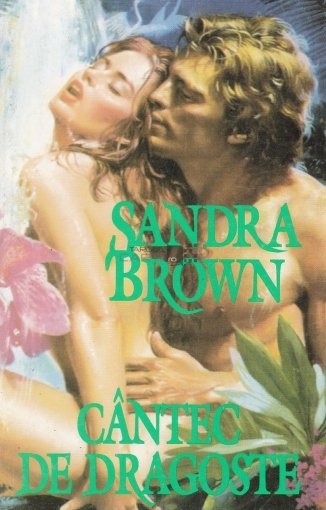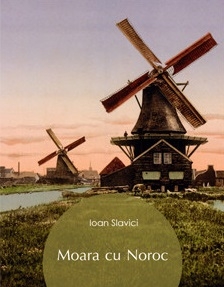Autor Clare Gray
Categorie Dezvoltare personală
Subcategorie Limba Engleză
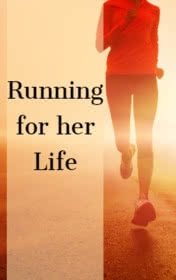
Invata engleza citind, nivelul recomandat A2 Elementary.
Ana woke up. Fidel Castro was by her bedside. "I will run again," she told him. Then her eyes closed. Ana Fidelia Quirot was born in a small town in the east of Cuba. She was a happy child and from an early age she loved running. Sports were important to her family and they were important to Cuba, too. The Cuban government wanted to produce the best doctors, the smartest teachers, and the strongest sports players in the world. There were special government schools for intelligent young scientists and for children who were good at sports. By the time she was ten years old Ana could run very fast. Soon she was winning races-often without shoes! She wanted someone from a government sports school to see her. Ana knew that only Cuba's best students were chosen. So she practiced hard every day. At last she heard the news that she was waiting for. At thirteen she had a place at a government sports school. "If I work hard," she thought, "I can be the fastest girl in Cuba." The other children at Ana's new school were tall and strong. But Ana's body was changing. She stopped growing taller and started growing fatter. She felt heavier too, so she practiced less often. Ana's future did not seem bright and exciting to her now. But when Ana's school asked her to leave, she thought very carefully. She realized that she loved her school and her life there. It was her dream and she did not want to lose it. Luckily, Blas Beato, one of Cuba's most famous running teachers, knew about Ana. She was heavy, but she was strong and fast. Beato could see that. "Try the 400-meter race," he said. "I think you can be the best." It was not easy, but with Beato's help, Ana quickly became thinner. She pushed her body hard, and began winning races at school again. Soon she was the fastest girl in Cuba at 400 and 800 meters. Her mind became stronger, too. She learned to fight against pain and to believe in her dreams. Ana finished school and practiced harder and longer every day. In 1987 she won two gold medals at the Pan American Games' in Indianapolis, in the US, and in 1989 she won all of her 800- meter races. Ana was very proud to run for her country. Now her name was famous around the world. Four years after her double gold medal success in Indianapolis, Ana was ready to run again in the Pan Am Games. These races were very important to Ana because the Pan Am Games were coming to Cuba. She was Cuba's most famous runner-and her country was watching her. Ana's races were fast and exciting. She ran faster than the other runners in the 400- and 800- meter races-two more gold medals! Ana looked up at the crowd. Thousands of happy Cubans were calling her name and smiling. Ana turned and walked slowly toward her country's president, Fidel Castro. Then she took one of her medals and placed it around Castro's neck. It was her way of saying "thank you" to Cuba, her country. She felt proud of the past and excited about the future.
Listată pe: 5 octombrie 2023
TOP 10 Cărți

